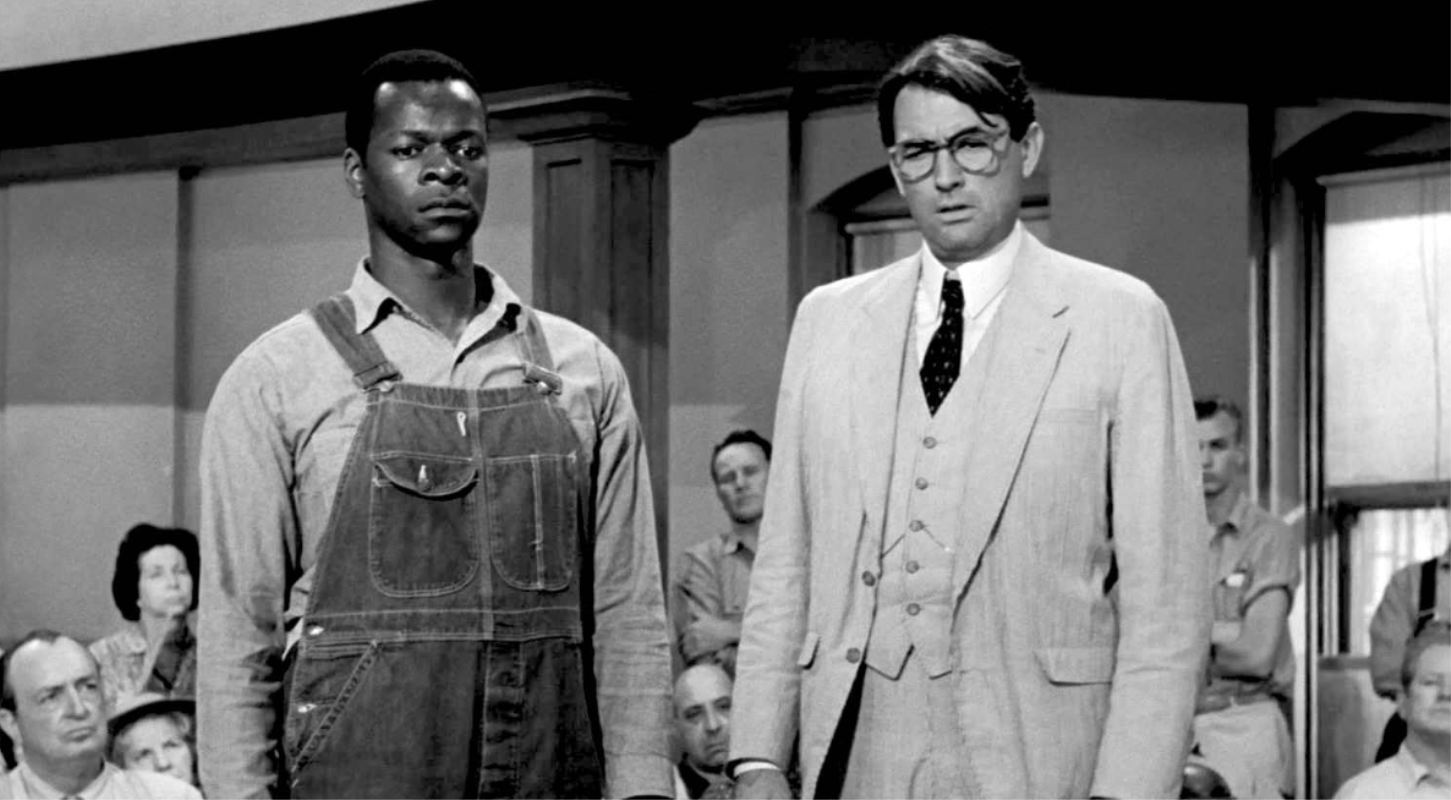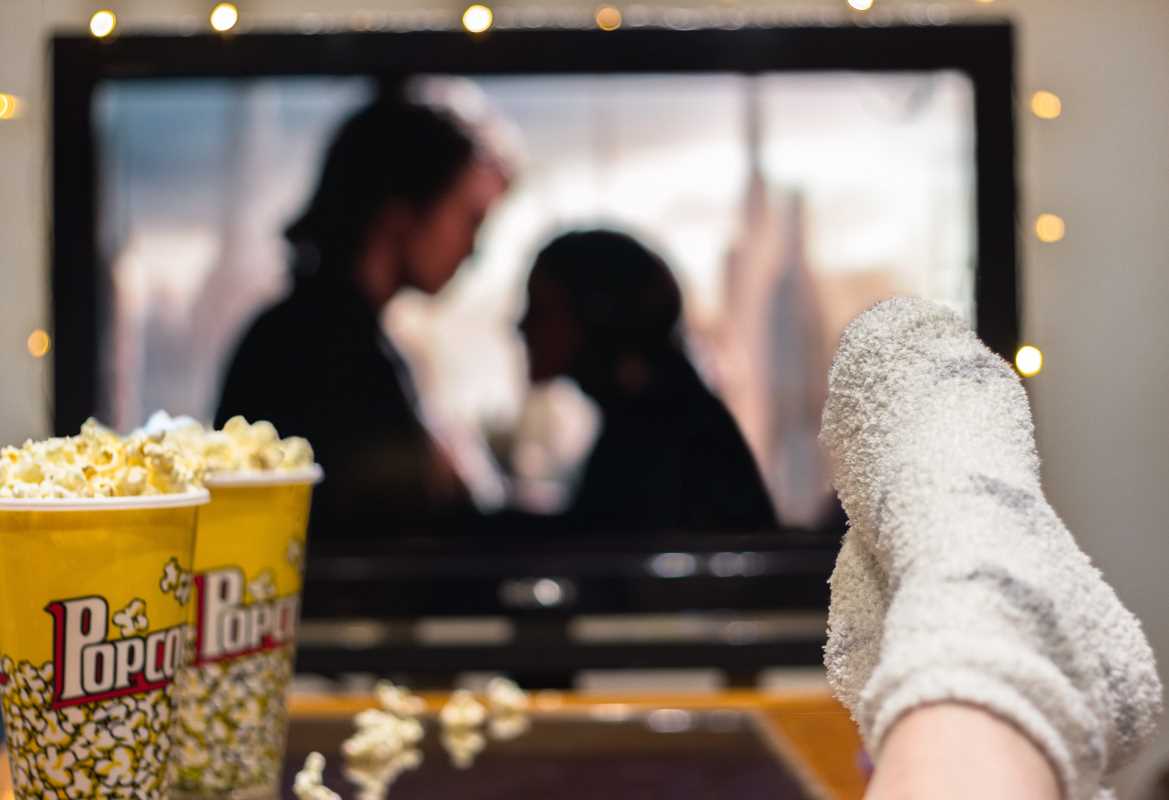Some writers don’t just create stories—they craft entire worlds so compelling that they leap from the page to the silver screen. Their words inspire filmmakers to bring these tales to life, resulting in classic movies that stand the test of time. Whether it’s the timeless courtroom drama of To Kill a Mockingbird or the whimsy of The Wizard of Oz, these writers have left a mark on both literature and cinema. Let’s look into some of the most iconic writers whose books have been transformed into cinematic masterpieces.
Harper Lee – To Kill a Mockingbird
Harper Lee’s To Kill a Mockingbird is a cornerstone of American literature and the foundation for one of the most enduring films of all time. The 1962 adaptation, starring Gregory Peck as the morally unshakable Atticus Finch, brought the novel’s themes of justice, racism, and compassion to the big screen with breathtaking clarity.
One of the most powerful scenes in the movie occurs in the courtroom, as Atticus stands beside his client, Tom Robinson. In a display of quiet dignity and unyielding principle, Atticus argues against the prejudice that permeates the town of Maycomb. When the trial concludes, and the gallery of Black spectators rises to honor Atticus, the moment is both heartbreaking and uplifting. The scene captures the essence of Harper Lee’s novel—the courage to do what’s right in the face of overwhelming injustice. Gregory Peck’s portrayal earned him an Academy Award, and the film remains a testament to the power of storytelling to illuminate societal truths.
Margaret Mitchell – Gone with the Wind
Margaret Mitchell’s sweeping Civil War epic Gone with the Wind was an instant success upon its publication in 1936, and its 1939 film adaptation became a cultural phenomenon. With its larger-than-life characters and dramatic love story, the book’s transition to film felt almost inevitable.
The movie brought Scarlett O’Hara and Rhett Butler to life, with unforgettable performances by Vivien Leigh and Clark Gable. The iconic scene where Rhett famously tells Scarlett, “Frankly, my dear, I don’t give a damn,” is etched into cinematic history. Mitchell’s richly drawn characters and vivid storytelling made both the novel and the film enduring classics despite the ongoing conversations about their problematic portrayal of history.
L. Frank Baum – The Wonderful Wizard of Oz
L. Frank Baum’s The Wonderful Wizard of Oz captured readers' imaginations when it was published in 1900, but it was the 1939 movie adaptation that turned Dorothy and her ruby slippers into global icons. Directed by Victor Fleming, the film used Technicolor to dazzling effect, bringing Baum’s fantastical world to life in vivid hues.
The movie became a cornerstone of family entertainment, from Judy Garland’s heartfelt rendition of “Over the Rainbow” to the Wicked Witch of the West’s chilling threats. Baum’s inventive storytelling and timeless themes of courage, friendship, and home ensured the enduring legacy of both the book and the film.
Mario Puzo – The Godfather
Mario Puzo’s The Godfather is a literary and cinematic juggernaut. Published in 1969, the novel delves into the inner workings of a powerful Mafia family, exploring themes of loyalty, power, and betrayal. Francis Ford Coppola’s 1972 film adaptation elevated the story to legendary status.
The movie’s iconic scenes are etched into film history, from the opening wedding sequence to Michael Corleone’s chilling transformation into the family’s ruthless leader. Puzo’s intricate plotting and complex characters gave Coppola a rich foundation from which to work, resulting in a film that’s widely regarded as one of the greatest ever made. The Godfather’s success also cemented Puzo’s legacy as a master storyteller.
J.R.R. Tolkien – The Lord of the Rings
J.R.R. Tolkien’s The Lord of the Rings trilogy is a literary epic that has enchanted readers for decades, and Peter Jackson’s film adaptations brought Middle-earth to breathtaking life. Released between 2001 and 2003, the movies captured the grandeur and depth of Tolkien’s work, blending cutting-edge visual effects with heartfelt performances.
From the sweeping landscapes of the Shire to the towering menace of Mordor, Jackson’s films stayed remarkably true to Tolkien’s vision. Iconic scenes like Gandalf’s showdown with the Balrog (“You shall not pass!”) and Sam’s unwavering loyalty to Frodo resonated with audiences worldwide. Tolkien’s meticulous world-building and timeless themes of friendship and courage ensured the enduring popularity of both the books and their cinematic counterparts.
Jane Austen – Pride and Prejudice
Jane Austen’s sharp wit and keen observations of social dynamics made Pride and Prejudice a literary classic, and its numerous screen adaptations continue to delight fans. The 2005 film, starring Keira Knightley and Matthew Macfadyen, brought a fresh perspective to the story while staying true to Austen’s timeless humor and romance.
The iconic scene where Mr. Darcy strides across the misty fields to confess his love to Elizabeth Bennet has become a fan favorite, blending cinematic beauty with emotional depth. Austen’s ability to create enduring characters and explore universal themes ensures that Pride and Prejudice remains as beloved on screen as it is on the page.
Stephen King – The Shining
Stephen King’s The Shining is a masterclass in psychological horror, and Stanley Kubrick’s 1980 adaptation turned it into a cinematic nightmare that’s impossible to forget. While King himself has famously had mixed feelings about the film, there’s no denying its impact.
Jack Nicholson’s chilling performance as Jack Torrance and Kubrick’s meticulous direction brought the Overlook Hotel’s creeping terror to life. The iconic “Here’s Johnny!” scene has become a cultural touchstone, cementing the film’s place in horror history. King’s vivid storytelling and Kubrick’s visionary filmmaking combined to create an unforgettable adaptation that continues to haunt audiences.
 (Image source: Brentwood Productions)
(Image source: Brentwood Productions) 
.jpg)




